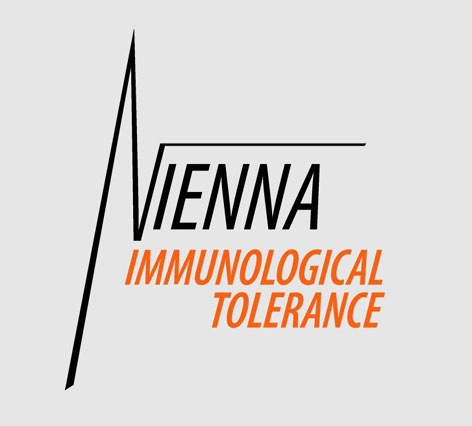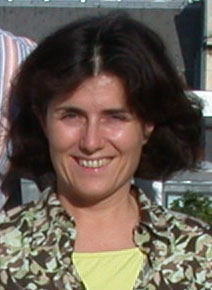
MECHANISMS OF ESTABLISHMENT AND MAINTENANCE OF IMMUNOLOGICAL TOLERANCE
SFB-F23 A SPEZIALFORSCHUNGSBEREICH FUNDED BY THE FWF
 |
MECHANISMS OF ESTABLISHMENT AND MAINTENANCE OF IMMUNOLOGICAL TOLERANCESFB-F23 A SPEZIALFORSCHUNGSBEREICH FUNDED BY THE FWF |
MEMBERS Wilfried Ellmeier |
Maria Sibilia
Department of Dermatology DIAID
Medical University of Vienna
Vienna Competence Center
Lazarettgasse 19
1090 Wien
AUSTRIA

Tel.: +43-1-40160-63011
Fax: +43-1-40160-963005
maria.sibilia@meduniwien.ac.at
http://www.meduniwien.ac.at/dermatologie
----------------------------------------------------------------------------------------------------------
SFB co-workers:
By stimulating naïve T cells, DCs are essential in mounting protective immune responses but they can also negatively regulate the course of T cell immunity thereby leading to tolerance. DCs consist of discrete subpopulations with distinct functions and phenotypes and it is not clear at the present time whether every single DC can be turned into either an immunostimulatory or an immunoinhibitory cell. In humans, CD11c+ DCs have a greater immunostimulatory potential than their CD11c- counterparts, which are classified as plasmacytoid DCs (pDC). So far, in the mouse only CD11c+ DCs have been described and at least six different DC subsets can be distinguished in lymphoid organs by the expression of several surface markers such as CD8-alpha , CD4 and CD205. The mouse equivalents of human pDCs have been recently identified in the spleen and we could show that these cells are increased in spleen and skin after topical application of the immune response modifier Imiquimod. However, the precise function of these cells in modulating immune responses still remains to be determined. The perhaps most intensively studied DC population is the Langerhans cell (LC), which in its immature stage, resides within stratified epithelia such as the epidermis and in contrast to all other DCs expresses Langerin.
We are interested in studying the relative contribution of various DC populations in the induction and maintenance of T cell immunity and tolerance. To achieve these goals, we will characterize specific DC populations (e.g. pDCs) after triggering with different stimuli (TLRs) and generate mice lacking particular DC subsets by performing cell ablation experiments in vivo .